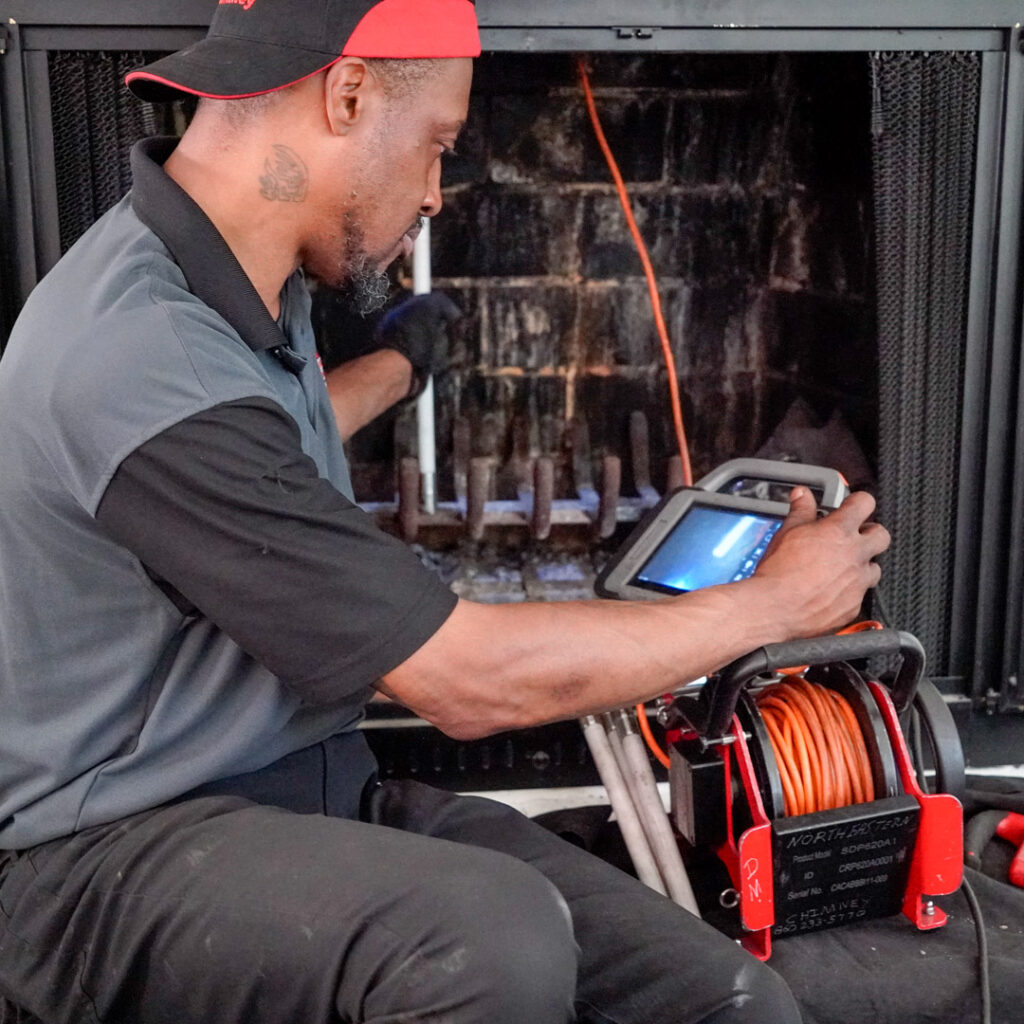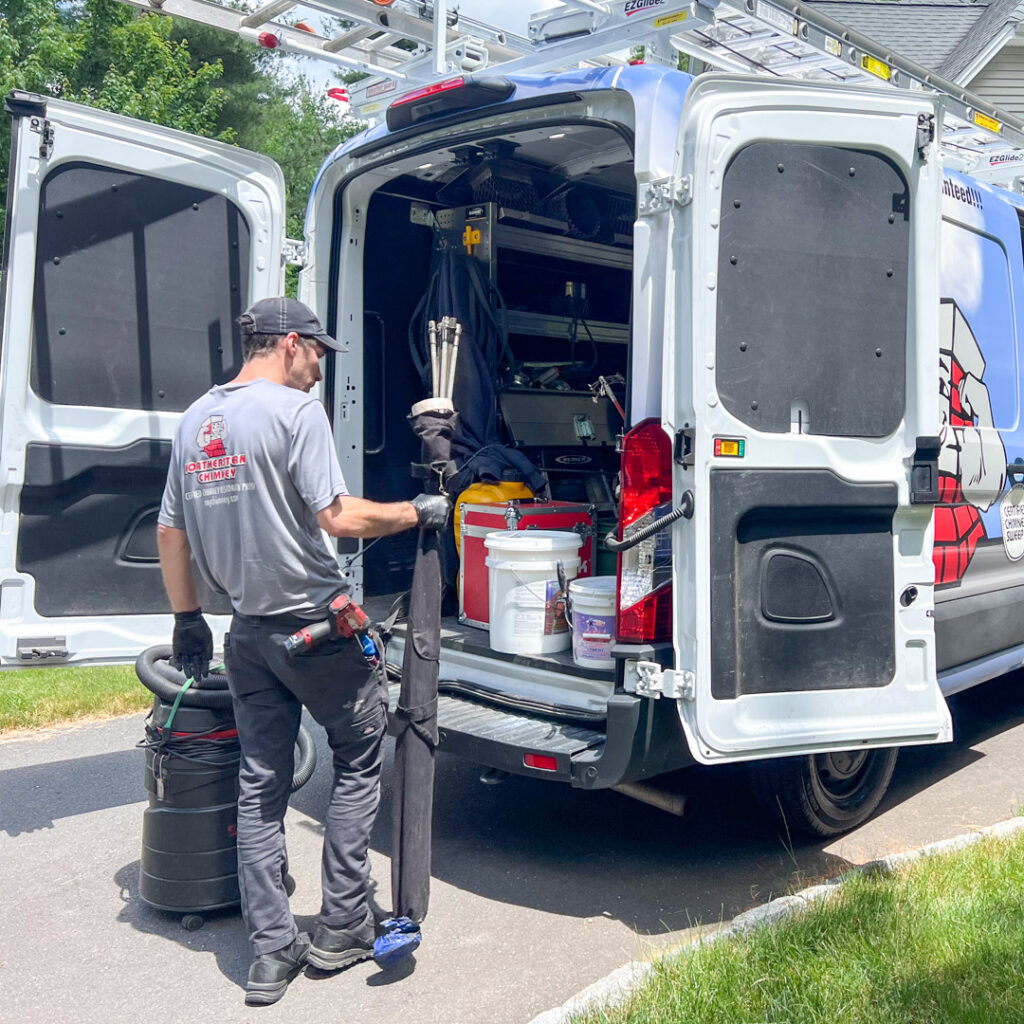Chimney Safety Tips: Keeping Your Family Safe This Winter
As the winter months roll on, many families rely on their chimneys to keep their homes warm and cozy. However, ensuring that your chimney is functioning properly is essential for maintaining proper function in your home. Chimney safety is not something to overlook, as improperly maintained chimneys can lead to fires, carbon monoxide poisoning, and other hazards.
At Best Chimney, we understand the importance of maintaining a safe and functional chimney. With years of experience in both residential and commercial chimney services, our team is here to ensure your chimney system is ready for the winter. Just schedule an appointment with us to get started! In this blog, we’ll cover some essential chimney safety tips to help keep your family safe this winter season.

1. Schedule a Chimney Inspection
The first and most important step in chimney safety is scheduling a professional chimney inspection. A certified chimney technician will inspect your chimney for any blockages, creosote buildup, or damage that could pose a fire risk. Regular inspections are critical because they can identify issues that may not be visible to the naked eye. We recommend having an annual inspection to ensure your chimney is ready to use throughout the winter months.
2. Keep the Chimney Clean
Over time, chimneys can accumulate dangerous buildup of creosote and soot. Creosote is a highly flammable substance that forms when wood is burned and can lead to chimney fires if not regularly removed. A professional chimney sweeping can prevent this risk. When you work with us, our team will perform a thorough chimney sweeping to clear away these dangerous deposits and keep your chimney tip-top shape.
3. Use the Right Fuel
When using your fireplace, it’s essential to burn only the right kind of fuel. Hardwood, such as oak or hickory, is ideal for creating steady, long-lasting fires with less creosote buildup. Avoid burning trash, cardboard, or softwoods like pine, as these can produce more soot and contribute to chimney blockages. Always ensure your firewood is properly seasoned, meaning it’s dry and free from excessive moisture.
4. Install a Chimney Cap
A chimney cap is a small but effective addition that helps keep your chimney secure. It deters debris, such as leaves, twigs, or animal nests, from entering the flue and obstructing airflow. It also minimizes rain infiltration, reducing water damage and rust in the chimney system. A cap can even reduce downdrafts, encouraging smoke and gas to be vented properly from your home.
5. Check for Cracks or Damage
Regularly inspect your chimney for cracks or other signs of damage. Chimneys typically deteriorate from the inside out, so if you’re seeing damage on the outside, there may be a bigger issue lurking on the inside. Small cracks can allow smoke and carbon monoxide to leak into your home, creating a dangerous environment. If you notice any damage, it’s crucial to get it repaired by a professional right away. We offer expert chimney repairs, from minor fixes to major structural work, to keep your system running safely and efficiently.

6. Keep the Area Around the Fireplace Clear
Another simple but important safety tip is to keep the area around your fireplace or stove clear of flammable materials. Furniture, rugs, and decorations can easily catch fire from stray sparks. Make sure you have a safe, clear space around the hearth and always use a fire screen to protect your home from flying embers.
Keep Your Chimney Safe with Best Chimney
Regular inspections, sweepings, and proper maintenance will ensure your chimney functions in peak condition. We’re here to provide you with the expert chimney services you need to keep your home and family safe this winter. Whether you need a routine inspection or urgent repairs, we’re here to help. Contact us today to schedule your chimney inspection!
The post Chimney Safety Tips: Keeping Your Family Safe This Winter appeared first on Boston's Best Chimney.

 How Do I Know If There Is An Issue?
How Do I Know If There Is An Issue?





